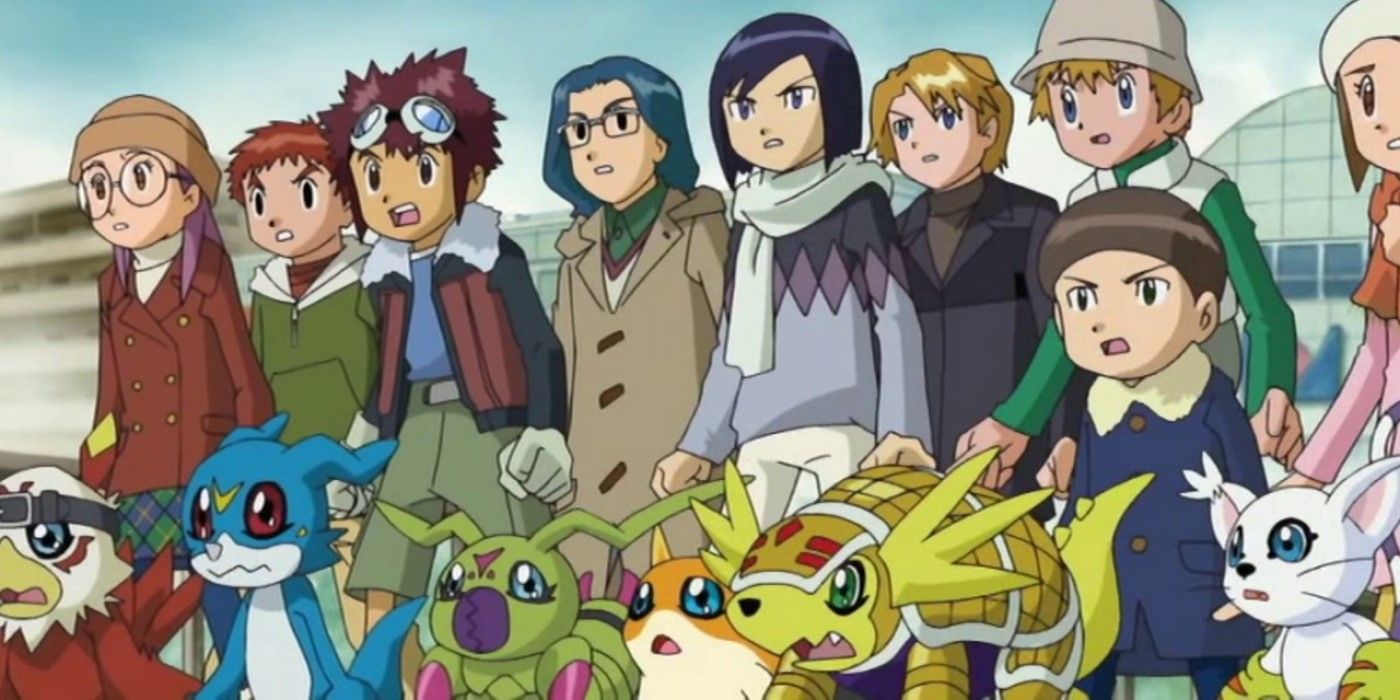During my elementary school days in 1998, I was introduced to the captivating world of Pokémon. It all started when my peers started sharing Pokémon cards during recess. I was immediately enthralled and still vividly remember encountering my first Pokémon – Krabby, a crab-like creature with a vibrant red shell and two large eyes. This particular Pokémon was associated with water-type characteristics, as depicted on its card with a beach and blue background.
Even at a young age, I recognized the significance of Pokémon in shaping my own childhood, as well as the childhoods of countless others. However, as Pokémon’s popularity soared globally, it also became subject to religious-fueled conspiracy theories and the Satanic panic that had surfaced in the 1980s. Some individuals within the Christian community claimed that Pokémon, known as Pocket Monsters in Japan, were actually demons. This led to Pokémon being labeled as “demonic” within church culture, despite the lack of substantial evidence to support such claims.
In contrast, there was another kids’ show called Digimon Adventure that incorporated Christian eschatological beliefs, providing an interesting contrast to the Satanic panic surrounding Pokémon. Both Pokémon and Digimon were created around the same time, with Pokémon’s show premiering in 1997 and Digimon Adventure in 1999. Although both series revolved around child protagonists, they diverged in terms of complexity.
Pokémon’s storyline was relatively straightforward, with simple plots, consistent characters, and easily understandable Pokémon inhabiting its world. The premise revolved around Ash Ketchum’s journey to become the Pokémon Champion, traveling with companions, both human and Pokémon, to compete in tournaments. This simplicity made Pokémon accessible to a wide range of age groups, as it was easy to follow even if episodes were missed.
In contrast, Digimon presented a more intricate narrative. The series began with seven children being transported to a digital realm where they encountered Digimon partners. Together, they were destined to defeat the darkness of both the digital world and their own world. The lore of Digimon was complex, and the Digimon themselves were more enigmatic compared to Pokémon. Digimon also had darker themes, appealing more to older children. Missing episodes in Digimon made it challenging to continue following the series due to its continuous progression and introduction of new characters.
Pokémon gained an edge by establishing its anime first, creating a sense of precedence and attracting a broader audience. Additionally, Nintendo’s support of Pokémon games on their Gameboy and Nintendo 64 consoles contributed to its lasting popularity, whereas Digimon games were primarily released on the PlayStation, limiting their reach.
In terms of design, Pokémon were predominantly animal-like creatures with superpowers, although there were exceptions such as Magnemite, an inorganic being with magnetic abilities. Most Pokémon could communicate only by saying their own name, highlighting the distinction between them and humans. In contrast, Digimon had a more diverse range of creatures, including human-like, machine-like, animal-like, and hybrid designs. Digimon had a generally more intimidating appearance, with potential for equipping weapons, distinctive aesthetics, and even clothing. Some Digimon were inherently evil, like Devimon.
Unearthing biblical inspirations, Digimon incorporated religious symbolism in episodes such as “Prophecy.” This episode drew references from the book of Revelations, with the concept of “the hour of the Beast” and the rise of an undead Digimon king. Myotismon, one of the major antagonists, underwent transformations, ultimately taking on the form of VenomMyotismon – a giant, horned, winged creature reminiscent of a dragon. The parallels between Myotismon’s resurrection and the description of the Antichrist as “the Beast” in Revelations were evident.
Through a miraculous turn of events, the Digidestined, the group of children destined to protect their worlds, managed to defeat VenomMyotismon by targeting his core located in an unconventional place – his pelvis. This battle showcased the intertwining of religious themes and fantastical elements within the Digimon series.
In conclusion, Pokémon and Digimon, although sharing similarities as children’s shows centered around fantastical creatures, presented distinct differences in complexity, narrative, and design. While Pokémon focused on simplicity and widespread appeal, Digimon delved into intricate lore and darker themes. Both franchises left a lasting impact on the childhoods of many, capturing the imaginations of children and creating a legacy in the world of entertainment.
Denial of responsibility! TechCodex is an automatic aggregator of the all world’s media. In each content, the hyperlink to the primary source is specified. All trademarks belong to their rightful owners, and all materials to their authors. For any complaint, please reach us at – [email protected]. We will take necessary action within 24 hours.
Khushi Patel is a science fiction author who lives in Austin, Texas. She has published three novels, and her work has been praised for its originality and imagination. Khushi is a graduate of Rice University, and she has worked as a software engineer. She is a member of the Science Fiction Writers of America, and her books have been nominated for several awards.


